The Decorators
We visit the studio of the 'temporary architecture' group and discuss their radical ideas concerning public space
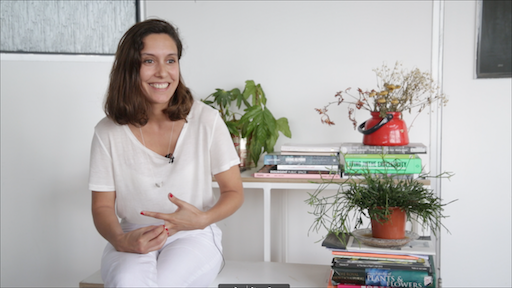
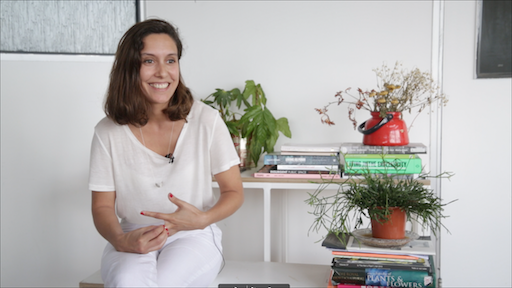
In recent years the ‘pop-up’ has been a force to be reckoned with. Meanwhile, its not too distant relative ‘temporary architecture’ has been quietly sewing its seeds with an eye on the future. However, you’d be forgiven for getting the two mixed up. Think of it this way; the ‘pop-up’ asks, “Can this make money?’ whereas the ‘temporary architecture’ asks a more prudent question: “Should this be here?”.
The Decorators are a multi-disciplinary practice based in London who work with space and design experiences that invite people to engage with objects and architecture. “We believe in collective city making”, says Mariana Pestana, the architect of the group. “We’re living in a moment where open source is growing, shared ownership is developing a lot and we don’t see why cities shouldn’t work in the same way.” In the context of augmenting cities, open source is more than a development model, it can potentially define a culture, a culture that includes everyone, and harnesses real experiences to solve problems. “Instead of having one vision that is imposed or having permanent solutions, we see the city as an ever-growing thing where a lot of people can come together to build it”, Pestana says. “So we build temporary bits of city to be tested, and those tests – or what we sometimes call ‘urban rehearsals’ – can inform the longer term development.”
We build temporary bits of city to be tested, and those tests – or what we sometimes call ‘urban rehearsals’ – can inform the longer term development. Public space is contested place, you certainly can’t please all of the people all of the time, but building permanent structures seems almost counter-intuitive if you are taking on the daunting task of trying to please everyone. In a recent project, The Decorators visualised this conflict using an abandoned public space in Croydon as their canvas. The space outside Fairfield Hall has been home to Croydon’s skateboarding community for as long as anyone can remember, but talks of regeneration have got the council, the local college and the public vying for its future. The Decorators held a football tournament outside Fairfield Hall and invited each of the different parties who had a stake in the space to play for it. Not only did this create a discussion and asked who this space belonged to, but also demonstrated how complex a public space can be. “The projects that we do are very participatory, they encourage discursive situations where people can get together and discuss the future of sites”, says Carolina Caicedo, the psychologist of the team. “We feel public space should belong to the community and a lot of the time they don’t really have the infrastructure to participate in it, to change it or appropriate it. We feel the temporary is a way of creating that infrastructure.”
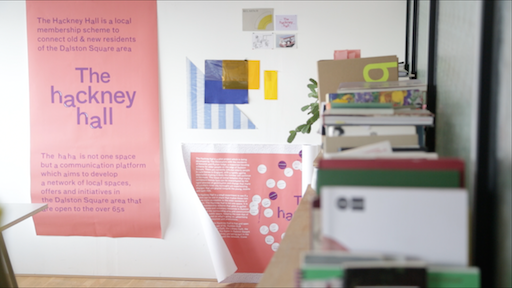
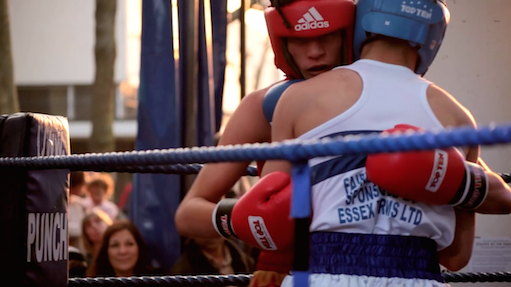
That infrastructure reaches beyond simply involving the community, to uniting it, pooling its resources and skills and creating new networks or systems that connect local businesses and institutions. “If you look at our body of work, everything has these systems that are connecting things that already exist in an area. Really we’re just revealing those things”, says Caicedo. A great example of this is Ridley’s Temporary Restaurant, a self-sufficient eatery that co-existed with the local market, the traders and its neighbours. £3’s worth of market produce from the restaurant’s shopping list could be exchanged for the dish of the day at lunch, or £15 covered an evening meal, with customers receiving a £5 food voucher to use at the market. Everything you ate at the restaurant had been bought that day from the surrounding stalls, meaning the project both promoted and directly supported other local businesses.
In the four years The Decorators have been working together they have gone from being commissioned by cultural institutions and advertising agencies with a quick fix pop-up mentality, to being commissioned almost entirely by local authority planning departments. The powers that be are starting to see the benefits of the temporary as a test bed. “There are a lot of things that you wouldn’t do [with the spaces] if they were permanent. Completely radical ideas are a big risk but if you do them on a temporary basis maybe you can introduce new languages and new situations into the urban landscape that you probably wouldn’t try in a permanent situation”, says Pestana. “You can almost imagine a city where there’s a constant change, a constant rehearsal, and that city is shared and owned by everybody who participates in it. It’s a bit of a utopian city but hopefully it’s the future.”
http://www.the-decorators.net/
The Decorators project footage courtesy of Pedro Lino and Dosfotos.
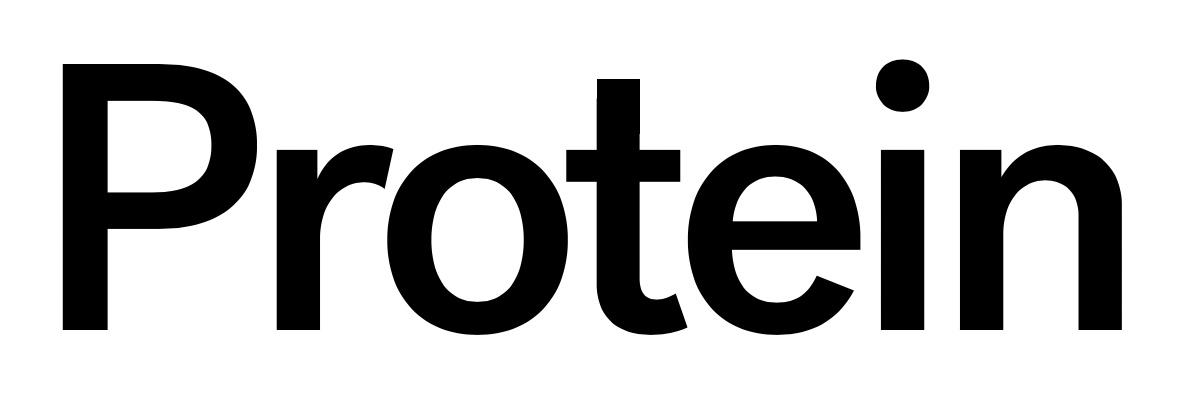

Discussion